| Model: | MOS65-23-6 |
| cas: | 65-23-6 |
| Brand: | MOSINTER |
| Melting point: | 159-162℃ |
- Have any questions?
- +86-189 8930 5995
- sales@mosinterchem.com.cn
VB6 CAS 65-23-6

VB5 CAS 59-67-6
05/12/2018
VD3 CAS 67-97-0
05/12/2018Vitamin B6(CAS: 65-23-6)
| Item | Index |
| Molecular Formula | C8H12ClNO3 |
| Molecular weight | 205.6407 |
| Specification | USP/CP/EP |
| Appearance | White or almost white crystalline powder |
| Contents
(on dry material) |
99.0~101.0% |
| Loss on drying | ≤0.5% |
| Sulphated ash | ≤0.1% |
| Heavy metals | ≤30ppm |
| PH (5% ) | 2.4~3.0 |
Pyridoxine is one of the compounds that can be called vitamin B6, along with pyridoxal and pyridoxamine. It differs from pyridoxamine by the substituent at the ‘4’ position. Its hydrochloride salt pyridoxine hydrochloride is often used.
It is on the World Health Organization’s List of Essential Medicines, a list of the most important medication needed in a basic health system.
Medicinal uses
Pyridoxine is given to patients taking isoniazid (INH) to combat the toxic side effects of the drug. It is given to people on isoniazide to preventperipheral neuropathy and CNS effects that are associated with the use of INH.
Pyridoxine deficiency can lead to sideroblastic anemia.
It is also essential for patients with extremely rare pyridoxine-dependent epilepsy, thought to be caused by mutations in the ALDH7A1 gene.
In one form of homocystinuria, activity of the deficient enzyme can be enhanced by the administration of large doses of pyridoxine (100-1000 mg/day).
Vitamin B6 can be compounded into a variety of different dosage forms. It can be used orally as a tablet, capsule, or solution. It can also be used as a nasal spray or for injection when in its solution form.
Vitamin B6 is usually safe at regular intakes. However, vitamin B6 can cause neurological disorders, such as loss of sensation in legs and imbalance, when taken in high doses over a long period of time. Vitamin B6 toxicity can damage sensory nerves, leading to numbness in the hands and feet as well as difficulty walking. Symptoms of a pyridoxine overdose may include poor coordination, staggering, numbness, decreased sensation to touch, temperature, and vibration, and tiredness for up to six months. One study reported that over a 6-month period or longer, 21% of women taking doses greater than 50 mg daily experienced neurological toxicity. The effect of doses below 50 mg was not reported. Pyridoxine’s fetal safety is “A” in Briggs’ Reference Guide to Fetal and Neonatal Risk. Its also used to treat a Vitamin B6 deficiency.
You must be logged in to post a review.

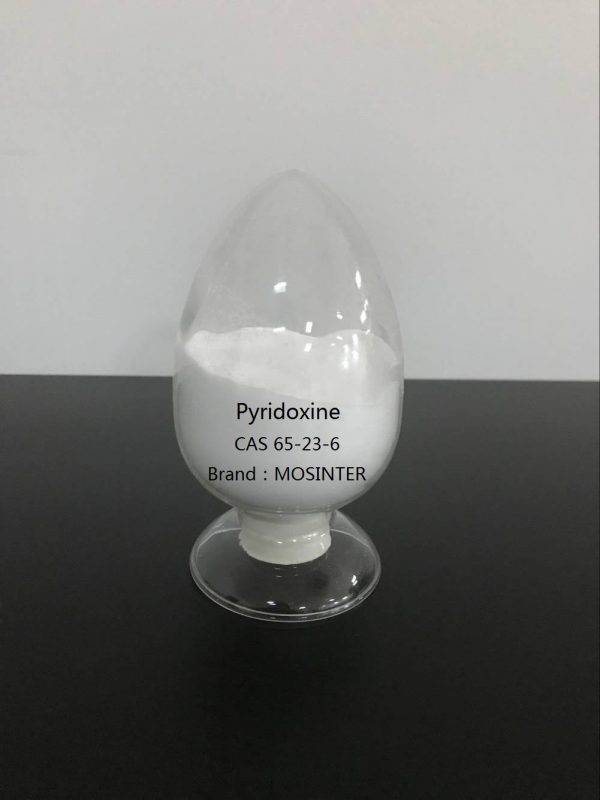
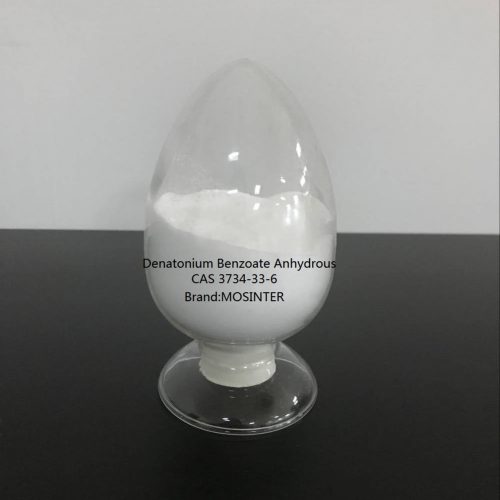
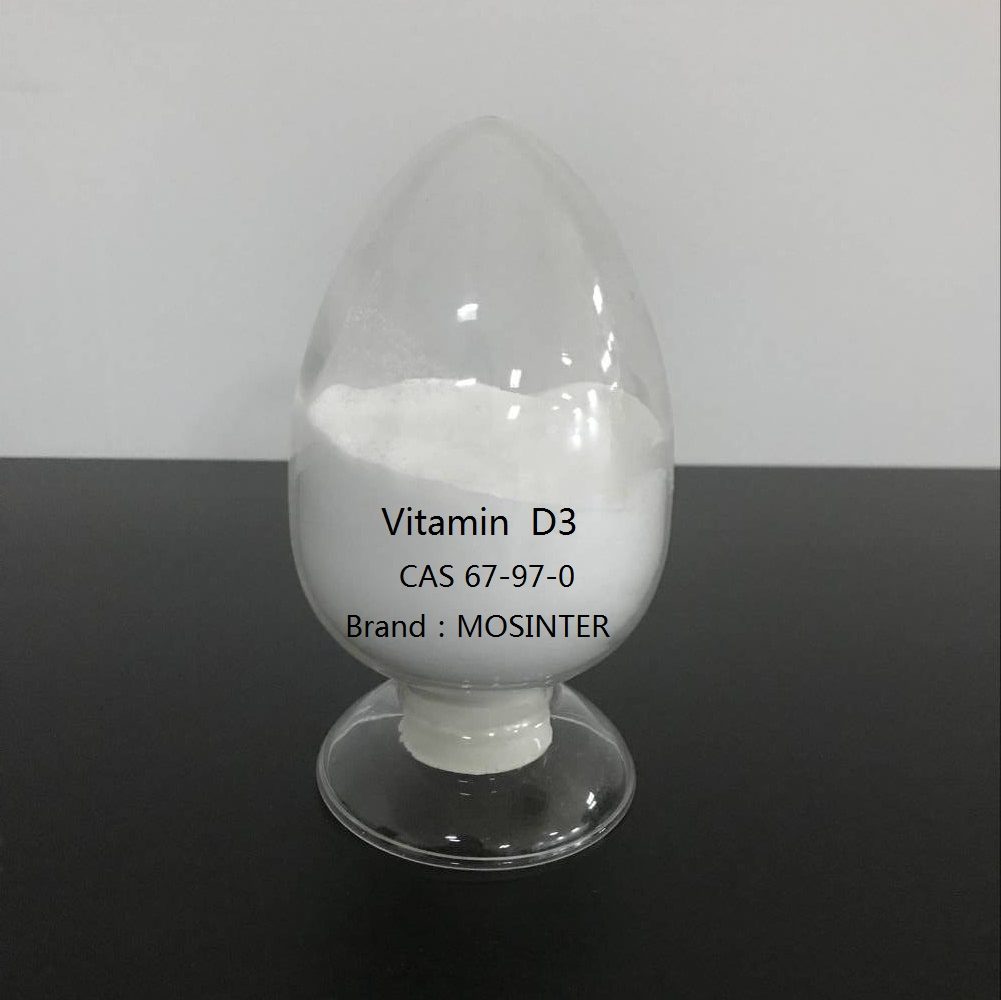
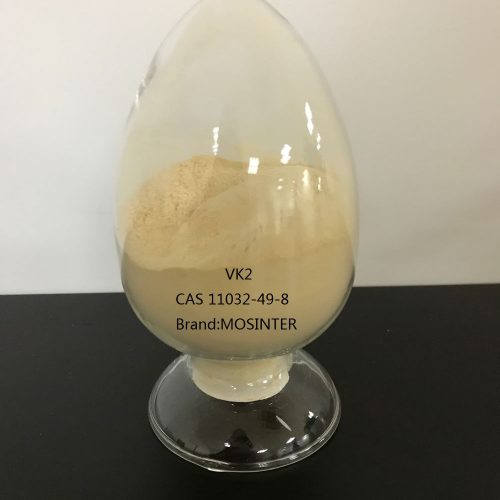
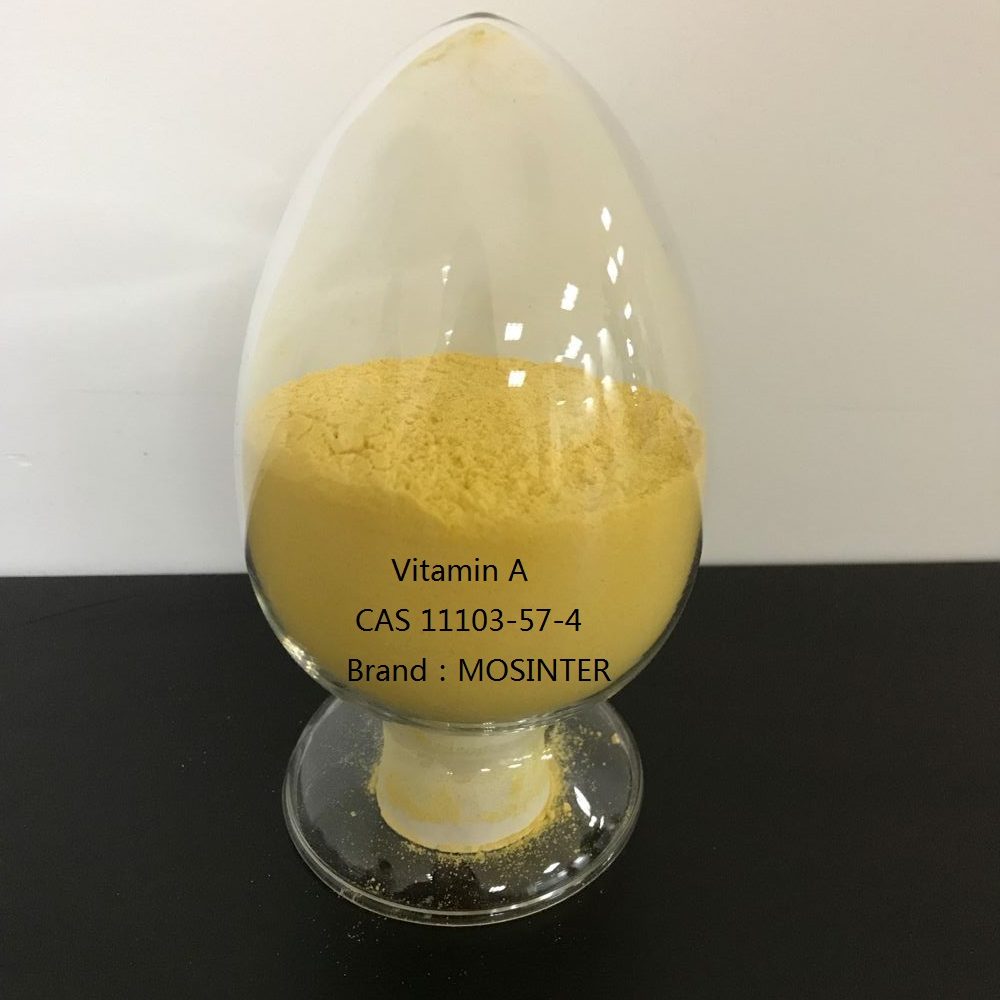
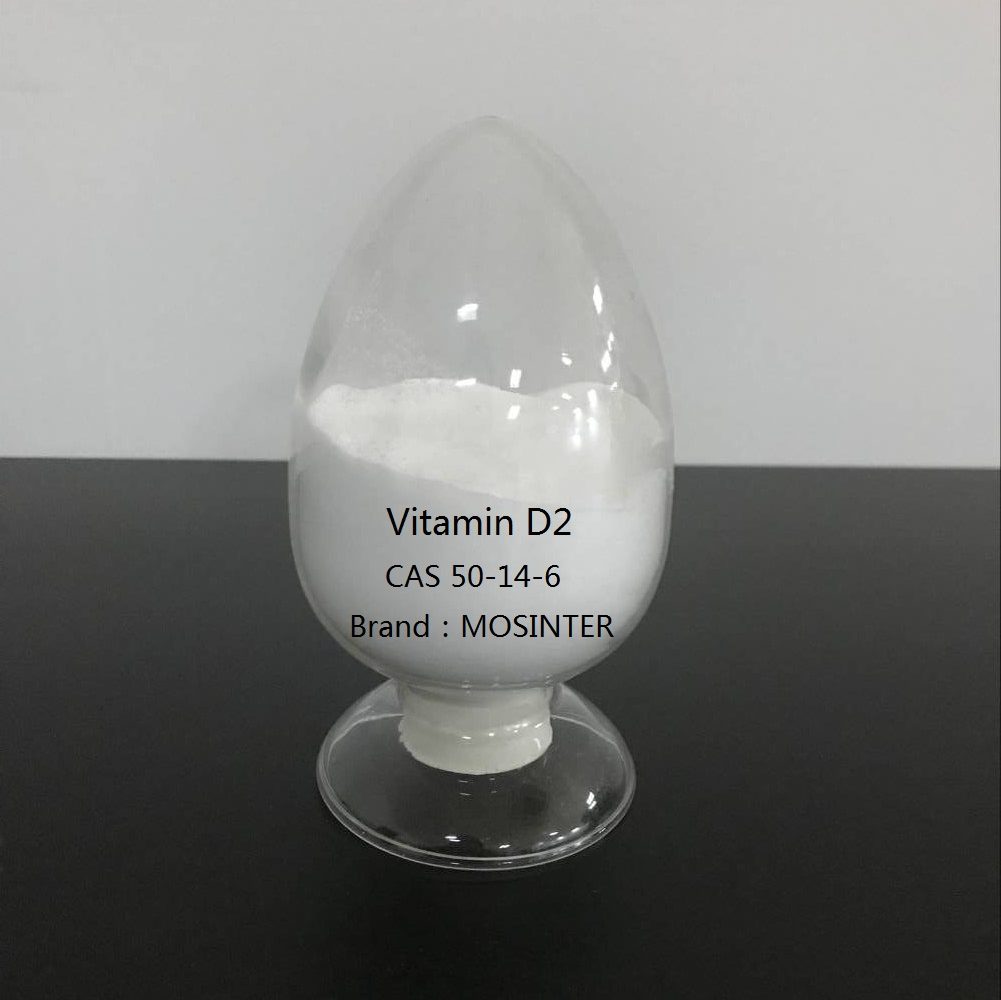
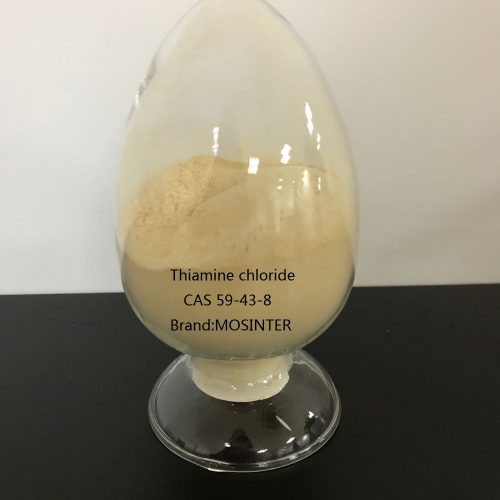
Reviews
There are no reviews yet.